Introduction

Marmoset Toolbag is a fully functional 3D real-time rendering, animation, and baking kit that provides artists with a powerful and efficient workflow throughout the entire production phase. The Marmoset team announced the release of the next generation version of the real-time rendering suite, Marmoset Toolbag 4. Toolbag 4 is equipped with a brand new ray tracing engine, RTX support, 3D texture tools, customizable UI and workspace, and more. The latest version supports RTX accelerated baking, a free resource library manufactured by Marmoset, which can meet rendering and texture requirements, as well as more features. One of the biggest updates to Toolbag 4 is the addition of a new ray tracing engine, which has been optimized to run on all modern GPUs. The team pointed out that it can be adjusted to achieve faster results on NVIDIA RTX series GPUs.
Basically, those who are familiar with rendering can proficiently use Toolbag to output high-quality 3D art works in a short period of time. They can quickly preview and output during work. This software provides a quick and convenient solution for pure 3D art professionals to showcase their own art works.

Debug the basic lights and environmental effects in marmoset toolbag2. Hair and whiskers can be directly adjusted using the default color and material attributes of the shader in the marmoset toolbag2. The eyeball map can use network materials, and the eyeball lens can use the glass material ball preset in Marmoset Toolbag2.
Using Photoshop, create color maps and highlight maps for faces using realistic photo materials and baked AO and activity maps.
New features in Toolbag 4.03
1. Rendering
Real time denoising
Hardware accelerated real-time noise reduction can be used for all NVIDIA RTX devices to achieve smooth ray tracing and browse active scenes in the event of performance interruption. GPU noise reduction is hardware accelerated on RTX cards and can be used on any NVIDIA GPU GeForce 10 series or later versions. However, it should be noted that Intel and AMD graphics hardware currently do not support GPU noise reduction mode.
CPU noise reduction
The CPU noise reduction mode adds high-quality denoising options to provide higher image quality with fewer samples, suitable for fine details and alpha mixed materials such as hair.
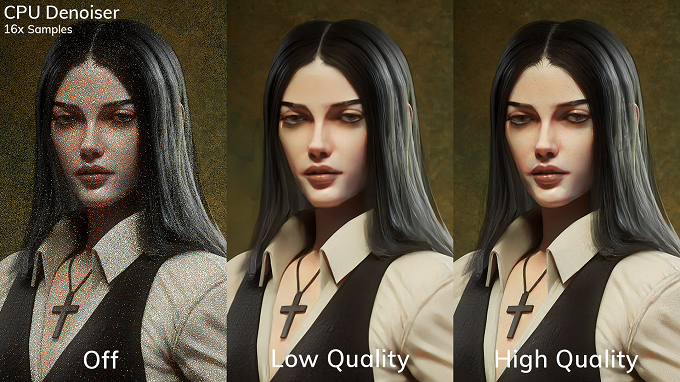
Refractive index control
The new refractive index control can bend the refraction, making it easy to control the distortion of low polygon style grids in game art. The refractive coloring module can be found in the transmission refraction section, and the refractive index or curvature of the material can be adjusted.
The new checkbox can export the refractive index from Reflectivity, and when enabled, the refractive curvature is set through reflectivity. When disabled, the refractive index map can be loaded to control the curvature.
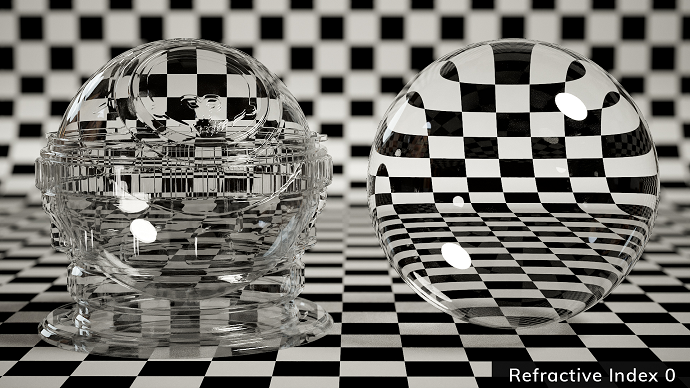
2. Scenario Management
Optical controller
Take a look at the new light controller, and by clicking a point on the mesh object to reposition them, you can have fine control over the light. This tool includes a "Match Highlights" option that allows specular highlights to appear where you click. Use the brightness (Ctrl+LMB), distance (Ctrl+RMB), and spotlight (Ctrl+MMB) hotkeys to intuitively adjust commonly used light attributes.
Pivot point editing
You can now edit the pivot points of scene objects in Toolbag for more convenient interaction with transformation tools. We have also improved the loading of pivot points in other 3D applications. When using translation or transformation tools, enable Edit Pivot (D) in the tool settings bar, change the pivot point to the desired position, or simply select the center pivot.
Copy and paste
You can now copy and paste objects and their settings throughout the entire Toolbag. Optimize your workflow by pasting the overall grid settings and readjusting layer and material settings.
Select Tools
We have now expanded the selection tool panel for selecting objects in scenes and pixel data, providing you with more flexibility in scene management and texture projects.
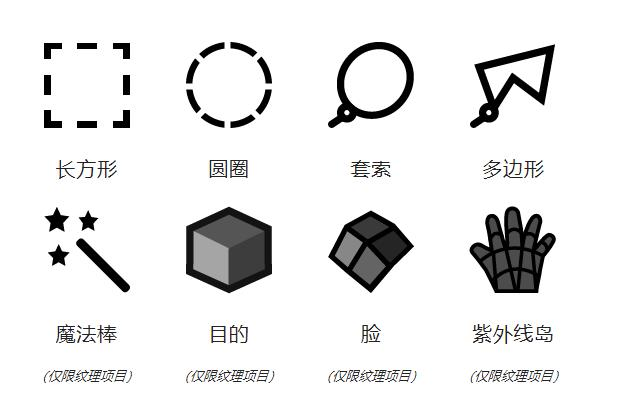
3. Texture Tools
Color selector sampling
Toolbag contains interactive tools that can input color values and sample various material properties. Sampling can also be done on the basis of each map, including using a new dedicated selector for grayscale values.
painting brush
Using the brush tool, pressing Shift can accurately draw lines, or you can click multiple points to connect them.
Adding tip contrast and deformation settings to the brush tool allows you to adjust the shape and contour of the brush strokes.
Brush texture
Use the Sprite Sheet Material option to randomize the brush texture, set the projection method of the paint layer to suit the brush, and click the "Sprite Sheet Material" checkbox to enable random changes along the stroke.
Groups and Layers
The groups and layers have been reorganized, allowing for simultaneous viewing of the group's content and mask stack. Color coding has also been added to the groups and layers.
The new feature is layer merging and rasterization, which can rasterize layers to form a single drawing layer. Merge multiple layers. Right click on the layer and convert it to the desired layer type. You can drag the layer and group onto the viewport grid and assign colors based on the material ID.
Tangent space processing
Synchronize the tangent direction of the normal map to match the content creation pipeline, and support the creation of tangent space normal map content in left hand (y flip) and right hand coordinate spaces.
Tangent Orientation is a project setting for Texture Projects and Bake Projects. You can set the preferred default values in Edit Preferences or set the tangent direction for drawing and filling layers in Material Properties.
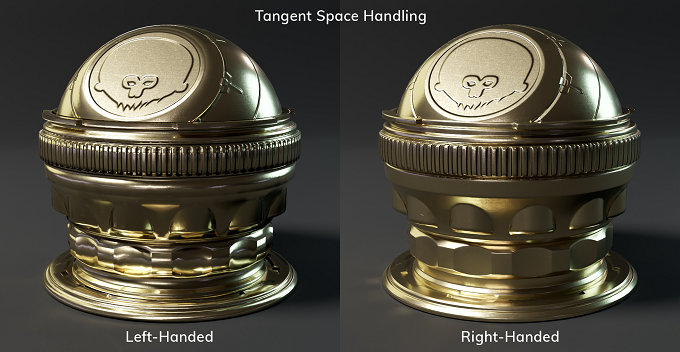
Resource Locator
Relinking lost assets in scenarios becomes easier! When the scene is opened and a missing file is detected, a new resource locator will appear. You can choose to relocate any missing files in the directory you choose, or download any assets available in the Toolbag library on the spot.
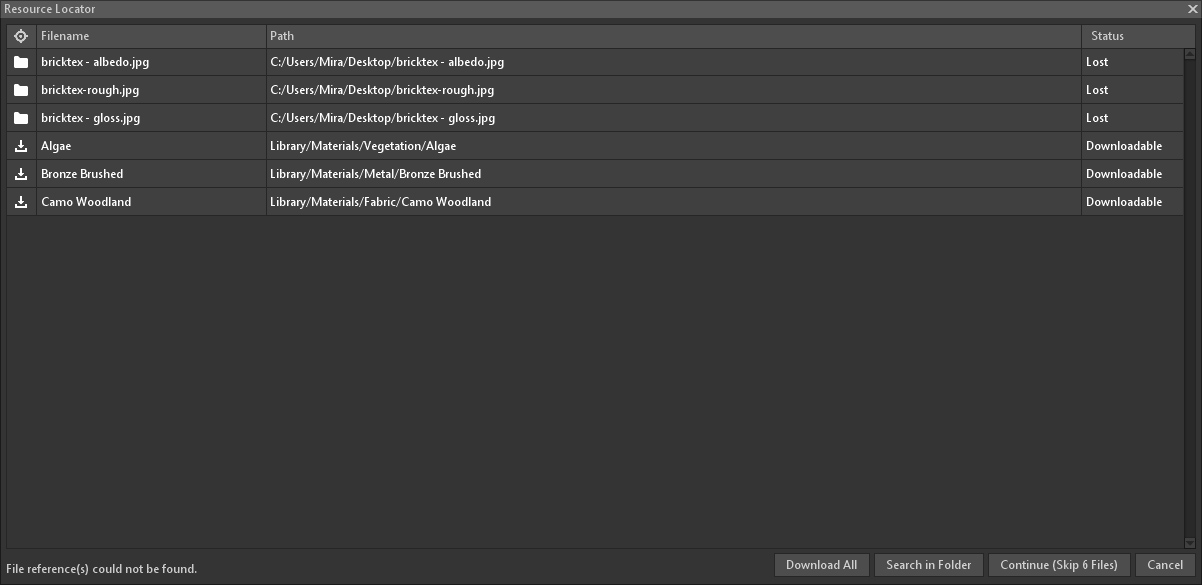
Import Assets
Marmoset Toolbag version 4.03 expands the functionality of creating, importing, and saving to local user libraries.
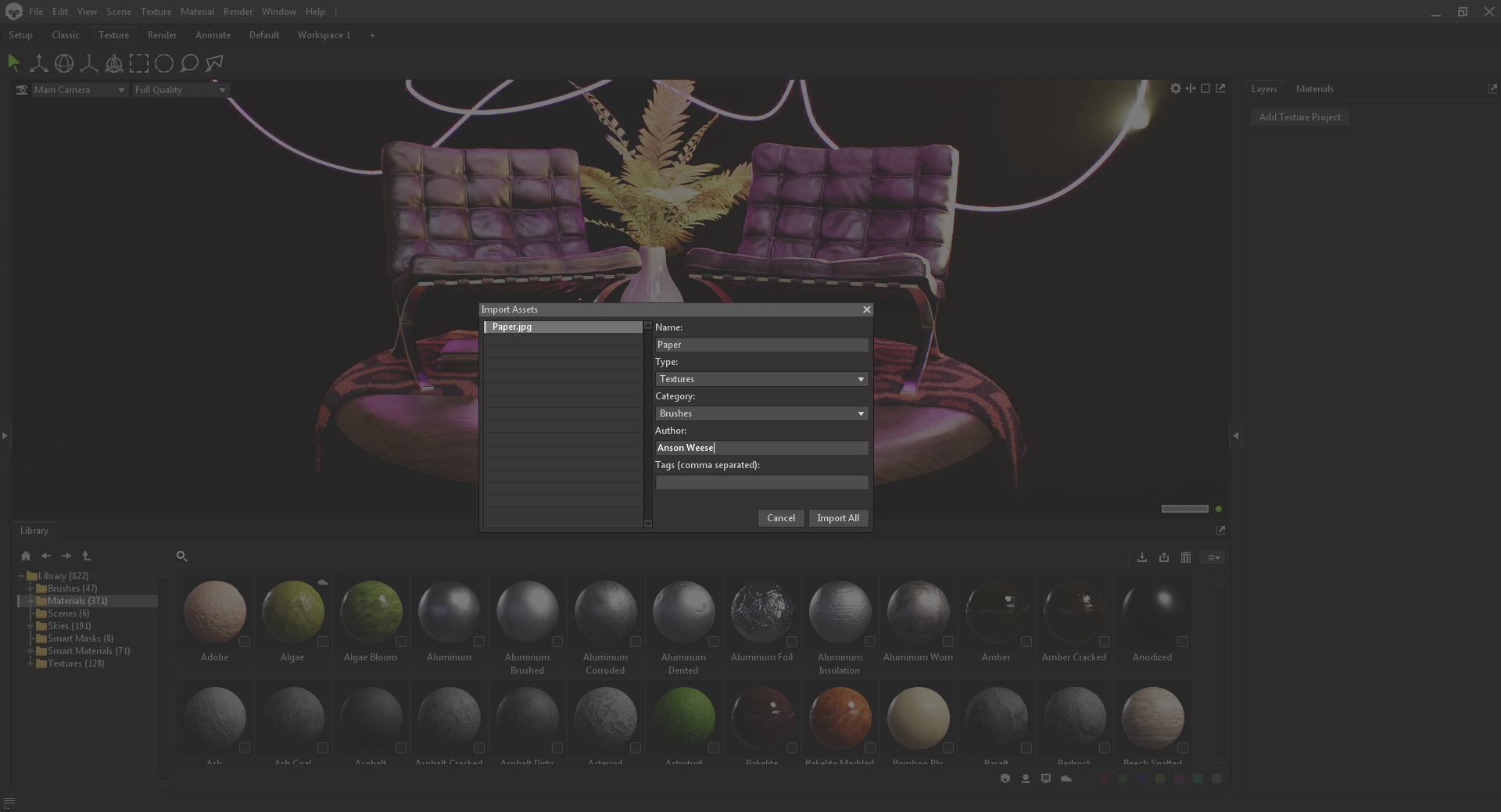
You can now save the custom sky from the scene to the library or drag it into the operating system. Drag in files with smart materials, masks, brushes, and multiple mixed types (and set various parameters, categories, types, labels, etc.).









